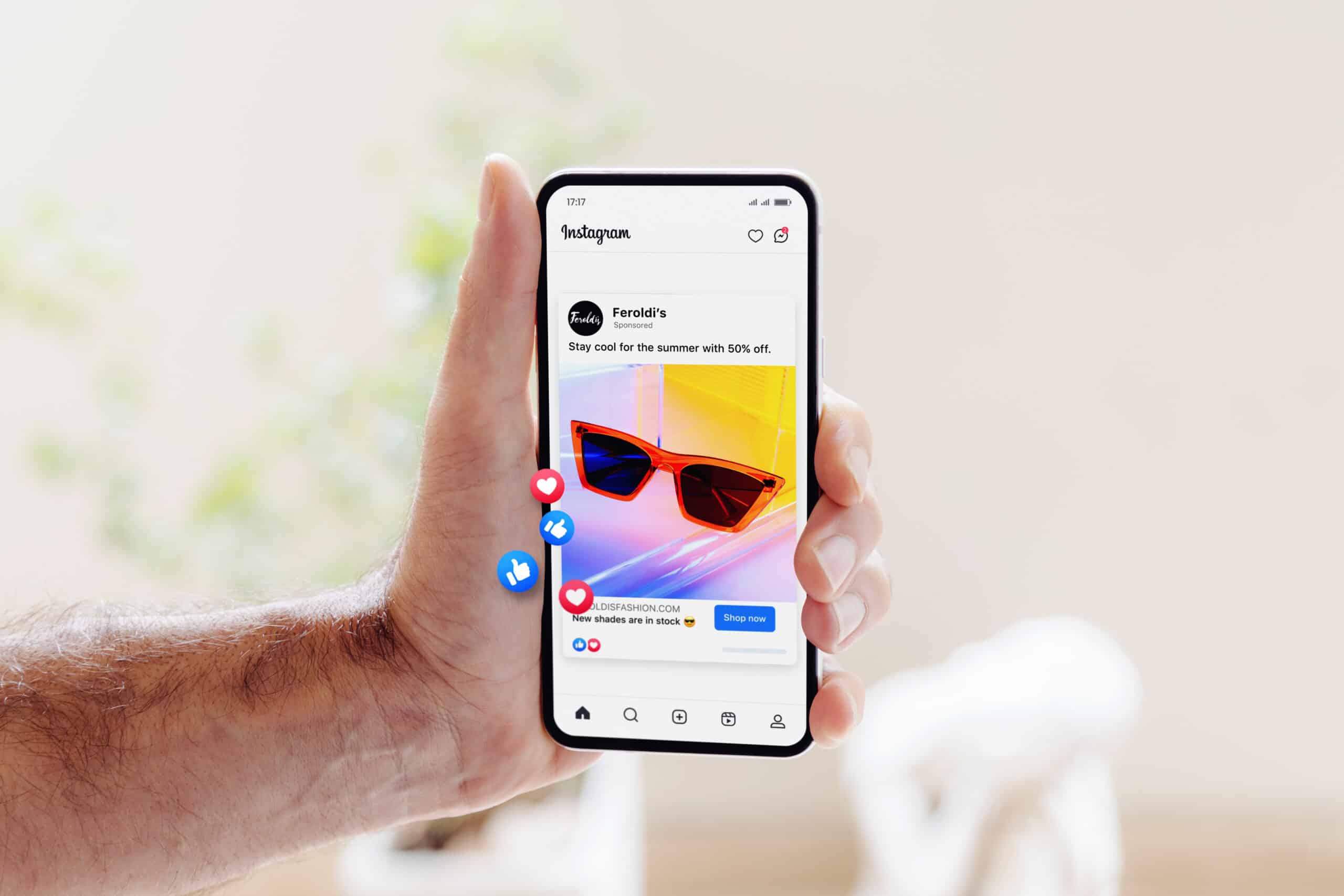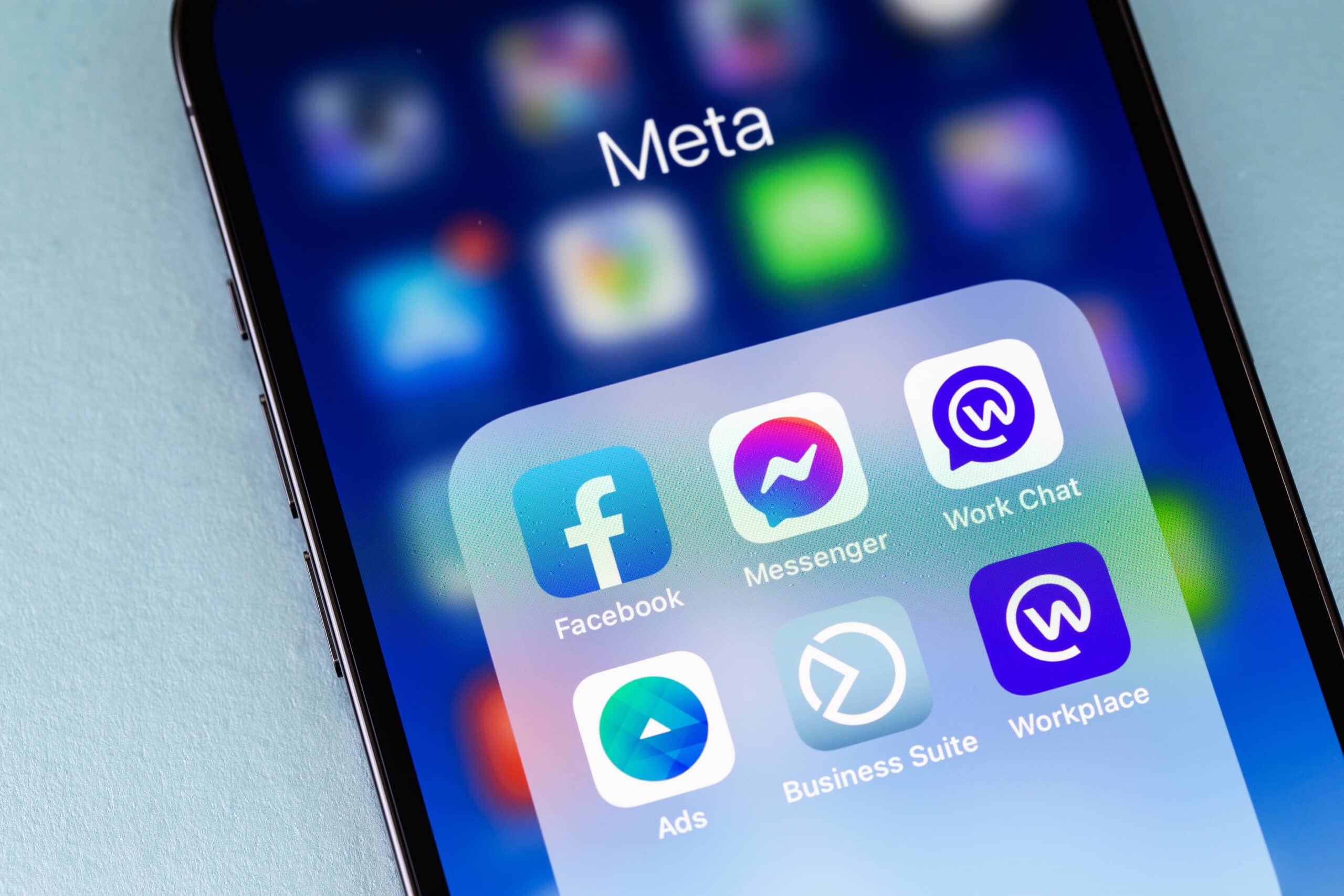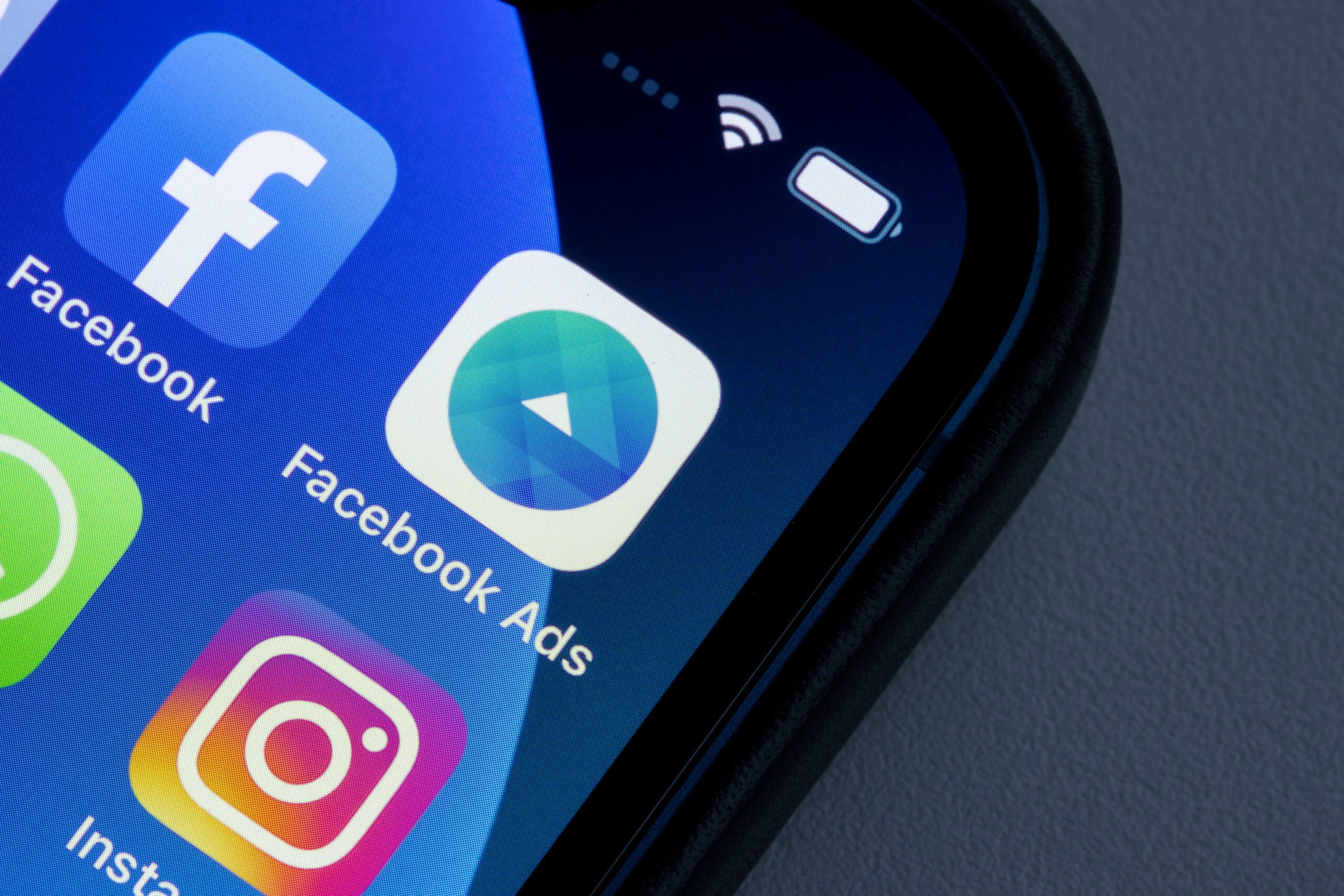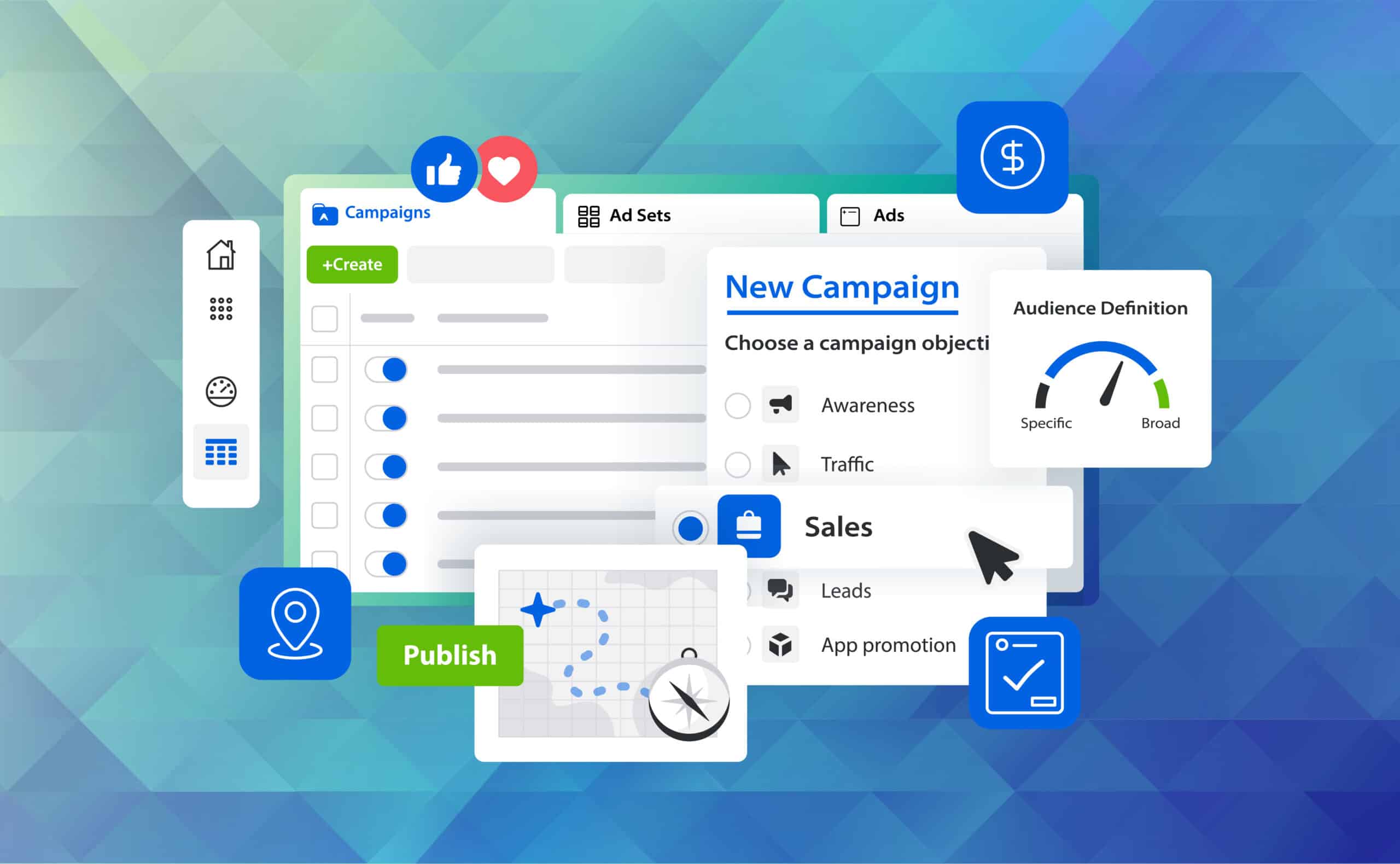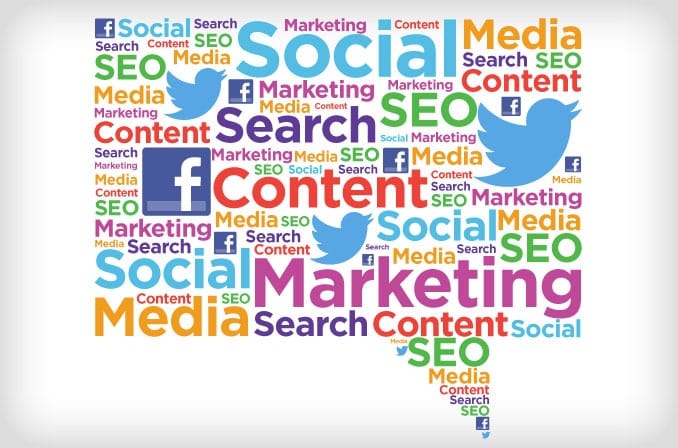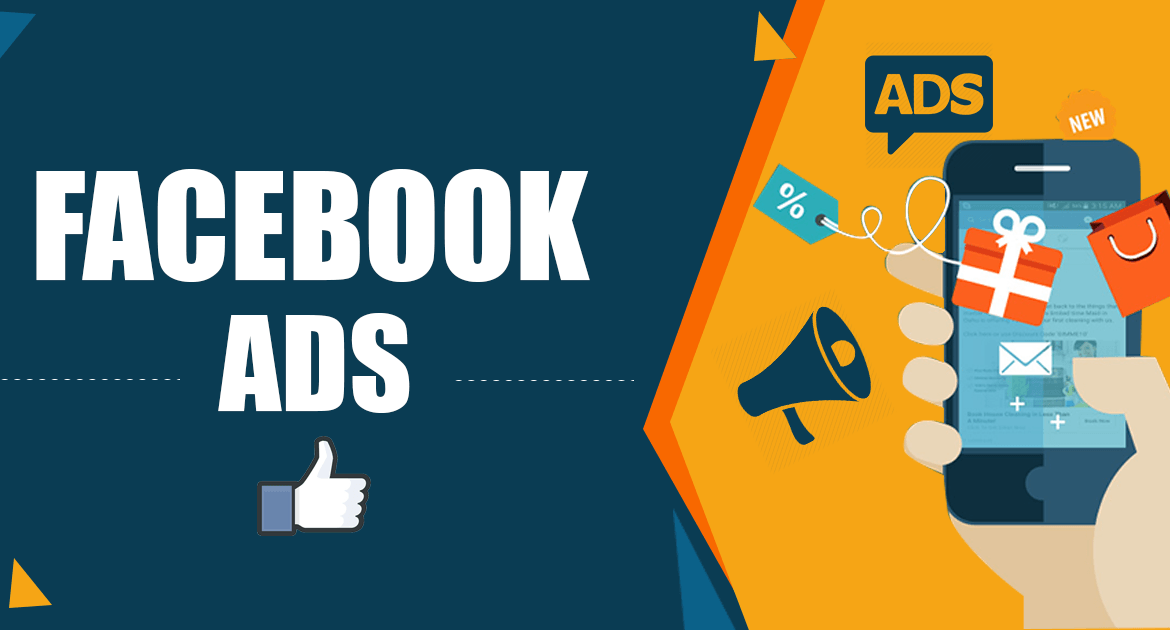Generate more sales from your Meta Ads with Herd Marketing.
Whether we are creating lead generation campaigns for services led businesses or optimising an e-commerce campaign, social media management is our thing. This typically includes managing your paid search campaigns on Facebook & Instagram and ensuring that an ongoing ROI is achieved.
Additionally, we also offer a fully managed social media service, which includes regular posting and management of your business page on these platforms alongside management of your paid search campaigns.

We are specialists in what we do…
Our team are experts in what they do and we work with both local and national clients from across the UK. By utilising our expertise in social media management, we have built long-lasting relationships with our clients that continue to provide an ongoing ROI.
Herd Marketing provides comprehensive social media management services to help businesses engage with their target audiences, drive website traffic, and increase overall brand visibility. Our social media management approach combines data-driven strategy with creative content generation.
Key aspects of our services include:
Social Media Strategy: We design an individualised plan based on business needs and target audience, including deciding which social media platforms to utilise, what kind of content to post, and when to post.
Account Setup & Optimisation: If a business is new to social media, Herd Marketing can handle the account creation and optimise profiles to maximise visibility.
Monitoring and Reporting: Regular reporting is provided so clients can see how their social media is performing. This includes tracking followers, likes, shares, comments and ultimately, sales
.
Paid Social Advertising: Beyond organic social media management, Herd Marketing also offers paid advertising services on social media platforms such as Meta by creating targeted ad campaigns to extend your brand’s reach and increase conversion rates.
Overall, our approach to social media management revolves around increasing brand awareness, cultivating a loyal audience, and ultimately driving increased revenue for your businesses.
Are you ready to scale your social presence?
Let’s Get Started…
If you are serious about taking your marketing to the next level and want a results-driven partner to work on your digital marketing campaigns, hit the Get a Quote button & we’ll be in touch.
Alternatively, please call us on 0151 453 6580.
In recent times social media advertising has become a prominent feature in nearly all digital marketing campaigns, whether you are advertising B2C or B2B. The ability to segment your target audience and narrow the sales funnel has made social media advertising one of the highest converting channels.
Only a matter of years ago Google and their Google Ads platform seemed to have conquered the paid search sector, however, in recent times there has been a real shift in the way businesses and customers make purchases online. This is where social media advertising has grown and it is now vital for businesses to have a social media presence on sites such as Facebook, Twitter, Instagram and LinkedIn.
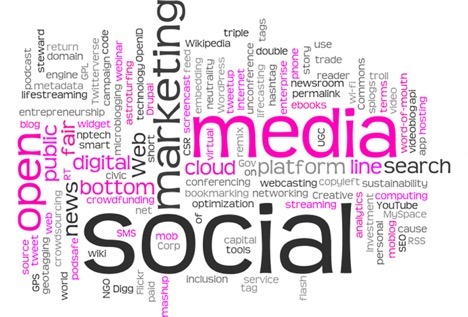
Read Our Latest Social Media Marketing Resources
Stay informed and up-to-date with all things related to social media marketing on Meta by visiting our resource center. Our collection of informative articles is constantly being updated, so be sure to read, engage, and share them with your colleagues, friends, and peers.
Herd Marketing Online Resource Centre…
Our online resource centre offers a plethora of useful in-depth articles that provide hints and tips on all things digital marketing related. Read, share, comment and engage with us on these pages.
Social Media Management (SMM) – Frequently Asked Questions
What is social media advertising?
Social media advertising is the use of social media platforms such as Facebook, Instagram, Twitter, LinkedIn, Pinterest, etc., to connect with your audience to build your brand, increase sales, and drive website traffic. This involves publishing great content on your social media profiles, listening to and engaging your followers, running social media advertisements, and analyzing your results. These ads can be used to target a specific audience based on factors like age, location, interests, and more.
What types of ads can I run on different social media platforms?
Generally speaking, each of the platforms listed below offers a variety of different ads, all with different aims and objectives. This will include ads that offer lead generation results, retargeting ads and traffic generating ads for example. Below we have gone into more details of how each platform delivers these ads.
1. Facebook: This platform provides several types of ads, such as image ads, video ads, slideshows, carousel ads, which display multiple images or videos in a single ad, collection ads, messenger ads, playable ads and stories ads.
2. Instagram: Instagram (owned by Facebook) also provides a range of ad types. This includes photo ads, video ads, carousel ads, stories ads, IGTV ads and shopping ads.
3. X (formerly Twitter): Ad types include promoted tweets, promoted accounts (followers campaigns), promoted trends, website card, and app card.
4. LinkedIn: Types of ads include sponsored content, sponsored InMail, text ads, dynamic ads, and carousel ads. LinkedIn also has a unique feature called Lead Gen Forms which captures lead data.
5. Snapchat: The platform offers snap ads, story ads, filters and lenses.
6. YouTube (owned by Google): Various ad types such as display ads, overlay ads, skippable and non-skippable video ads, bumper ads and sponsored cards can be run on YouTube.
7. Pinterest: On Pinterest, you can run promoted pins, shopping ads, video pins, carousel ads, and story pins.
8. TikTok: This platform allows brands to place in-feed ads, brand takeover ads, top-view ads, branded hashtag challenges, and branded effects.
Each platform has specific strengths and reaches different demographic groups, hence the choice of platform and ad type should depend on your specific audience and campaign goals.
How do I target specific audiences with social media ads?
1. Determine Your Target Audience: Begin by defining who your ideal audience is. This could include factors like age, location, gender, occupation, interests, or any other demographic characteristics that are relevant to your product or service.
2. Choose the Right Platform: Different social media platforms attract different demographics, so you need to decide which one(s) is most likely to reach your target audience. For instance, Instagram tends to skew towards a younger demographic, LinkedIn is geared towards professionals, Pinterest is popular among women, etc.
3. Use the Ad Targeting Tools: Social media platforms offer advanced ad targeting tools that can help you reach a very specific audience. These may include options for targeting based on demographics, interests, behaviors, and more.
4. Develop Targeted Content: The content of your ads should be designed to appeal to your specific target audience. Use language, images, and offers that will resonate with them and compel them to take action.
5. A/B Testing: Try different ad versions to see what resonates best with your audience.
6. Analyze and Adjust: Once your ads are running, use the analytics tools provided by the social media platform to track their performance. Look for trends and patterns that can tell you more about what’s working and what isn’t. Use this information to tweak and refine your ads.
7. Leverage Retargeting: Retargeting is a strategy that involves targeting people who have already interacted with your website or social media pages. These are people who are likely already interested in your product or service, and may just need an extra push to convert.
8. Consider Using Influencers: Depending on your target audience, working with social media influencers could be an effective way to reach your audience. Influencers often have loyal followings that match a certain niche or demographic, so collaborating with them can help get your brand in front of the right eyes.
9. Geo-Targeting: If your product or service is only available in certain locations, use geo-targeting to ensure only people in those areas see your ads.
Remember, effectively targeting your audience on social media is an ongoing process that involves a lot of trial and error, so be prepared to continually adjust your strategy as needed.
How much does it cost to run social media ads?
The cost of running social media ads in the UK can vary widely depending on several factors, such as the social media platform used, the ad format, targeting options, and your bidding strategy. On average, businesses might spend anywhere from £0.30 to £2.00 + per click on Facebook. LinkedIn is typically more expensive, potentially costing anywhere from £2 to £5 per click. For Twitter, you might spend anywhere from £0.30 to £2.00 per engagement. These are rough estimates, and your costs could be lower or higher depending on your specific situation.
How can I track the performance of my social media ads?
1. Using Analytics Tools: Social media platforms like Facebook, Twitter, Instagram, and LinkedIn have their own analytics tools. These tools provide detailed information about the performance of your ads. For example, Facebook's Ads Manager can show you metrics such as impressions, clicks, conversions, and more.
2. Google Analytics: You can link your social media accounts to Google Analytics to track the traffic from your social media ads to your website.
3. Using UTM Parameters: UTM parameters are tags that you add to your URLs. When a user clicks on a URL with UTM parameters, those tags are sent back to your Google Analytics for tracking.
4. Conversion Tracking: Social media platforms allow you to track conversions, i.e., the actions taken by the users after they click on your ad.
5. Audience Insights: Tools like Facebook's Audience Insights allow you to understand more about your audience's demographics, interests, and behaviors, which can help improve your ads' performance.
6. A/B Testing: Run two or more versions of your ads simultaneously to compare and identify which performs better.
7. Monitoring Engagement: Track likes, comments, shares, and views your ad receives. These engagements are often indicators of how well your audience is responding to your ads.
8. Use Third-Party Tools: Tools like Hootsuite, Buffer, Sprout Social etc., offer detailed reports on social media performance and ROI.
Remember, the important aspect is not just tracking but analysing this data to make informed decisions about your future social media marketing strategies.
What is the difference between organic and paid social media?
Organic social media refers to the free content (posts, photos, videos, memes, stories etc.) that users, businesses, brands, and influencers share on their social media profiles. It can be seen by anyone who follows their profiles or stumbles across them through searches, direct links, or referrals.
Paid social media, on the other hand, is content that companies pay to promote. They often appear as sponsored posts or ads that target specific audience segments based on their online behavior, demographics, interests etc. Paid social media campaigns have the advantage of increasing the brand's visibility, reaching a larger audience beyond just their followers, and generating immediate results.
In short, organic social media growth takes time and is about building relationships and brand loyalty over the long-term, whereas paid social media helps brands reach a larger and more targeted audience quickly. Both strategies are essential for an effective social media marketing strategy.
Contact Us
Please fill in the form below and one of our marketing professionals will reply shortly. We aim to respond to you within 24 hours, excluding weekends and Bank Holidays.
Alternatively, please call us on 0151 453 6580 Monday – Friday 09.00 – 17.00.
